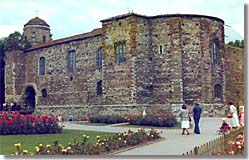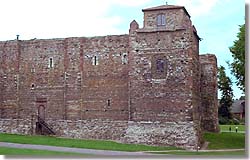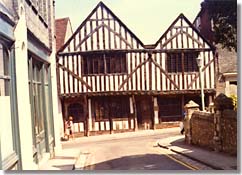

Metal detecting holidays in England with the World's most successful metal detecting club.
Twinned with Midwest Historical Research Society USA
|
|
|||
|
Colchester
History |
|
||
|
Colchester is one of, if not the most historic town in England. Before the Roman conquest in 43AD the town was called Camulodunum ("Camulos" was a Celtic war god and "Dunum" was a Latin form of fort) it was the seat of power not just for the south east but as capital of the country ruled over and so named by King Cunobelinus (Shakespeare's Cymberline). It's conquest was vital to establish a Roman power and Emperor Claudius knew this and thus invaded, the town became a fortress and the port of Fingeringhoe was used as a base to transport soldiers and goods so to further their conquest of the British isles. In 50ad after the successful conquest of Britain, Colchester became the most important town in Britain and also a colonia (a settlement for retired legionnaires). The town had streets running south, east, north and west and was enclosed by a great wall. A great temple was built in honour of Emperor Claudius who had know been defied, which was something of a custom for emperors). The temple podium or platform survives today under the equally famous Colchester Castle. In its day the temple was just as grand as anything which could be found in Rome and the wall surrounded approximately 108 acres.
The temple did not stay there for long taking revenge for being flogged and the raping of her daughters, Boudicca (Boudicea) the daughter of King Prasutagas ruler of what is now East Anglia rose up in revolt. Colchester which was mainly timber buildings was burnt to the ground before moving on to the great temple and levelling it to it's foundations. The rebels moved from town to down destroying whatever was in their path. They finished building the walls which today can still be seen around Colchester. Before eventually being defeated they focused on a new province as the premier settlement for Britannia - Londinium ! During the Anglo-Saxon period many Roman buildings were demolished and later salvaged to construct buildings like the Holy Trinity tower, something which the Normans copied on their arrival and built the magnificent castle which still stands today. The castle's keep had a keep which was larger that the White Tower at the Tower of London. In 1096 the town and castle passed to Eudo Dapifer who founded St John's Abbey and St Botolph's Priory outside the castle walls. Parts of these building survived not only the civil war but also the wrath of Henry VIII.
During the middle ages Colchester was a noted cloth-making town, this prosperity was marked by the number of parishes arising, many fifteen and Sixteenth century houses still remain spite the Civil War and the earthquake of 1884. In the late sixteenth century, protestant refugees from the Spanish Netherlands (now Belgium) arrived and settled in Colchester and help revive what was becoming a flagging cloth industry, they settled in the Dutch Quarter north of the High Street.
Being protestants they sided with Parliament, however in the 1640's a Royalist force Seized the town, a bloody siege followed and after 11 weeks of bombardment the town fell. A great deal of damage was done St Botolphs Priory and St Johns Abbey was virtually destroyed, so was St Mary at the Walls, better known as the location of the Nursery rhyme Humpty Dumpty, Humpty Dumpty being the name of a cannon. Misfortune struck the castle and it's two upper stories, roofs and internal floors were lost. It was bought by Jon Seeley in 1683 with plans to be demolished, fortunately he didn't get round to it. |
|||
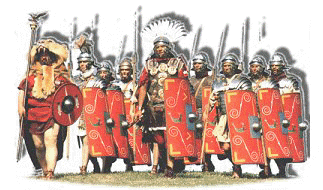 |
|||
|
Pictures
of Colchester -Scenes
around the town centre |
|||
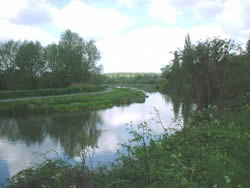 |
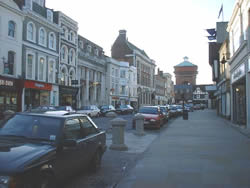 |
 |
 |
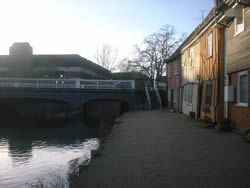 |
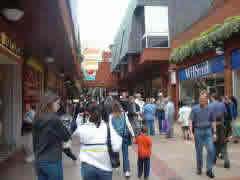 |
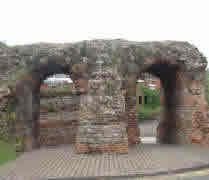 |
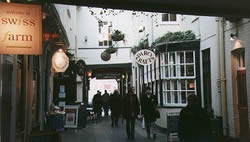 |
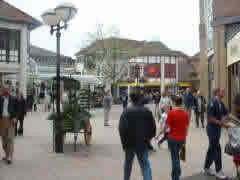 |
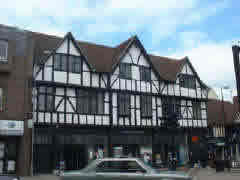 |
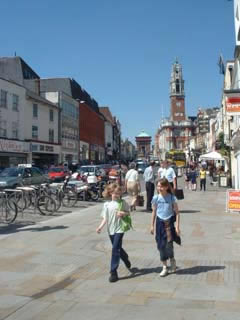 |
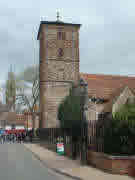 |


